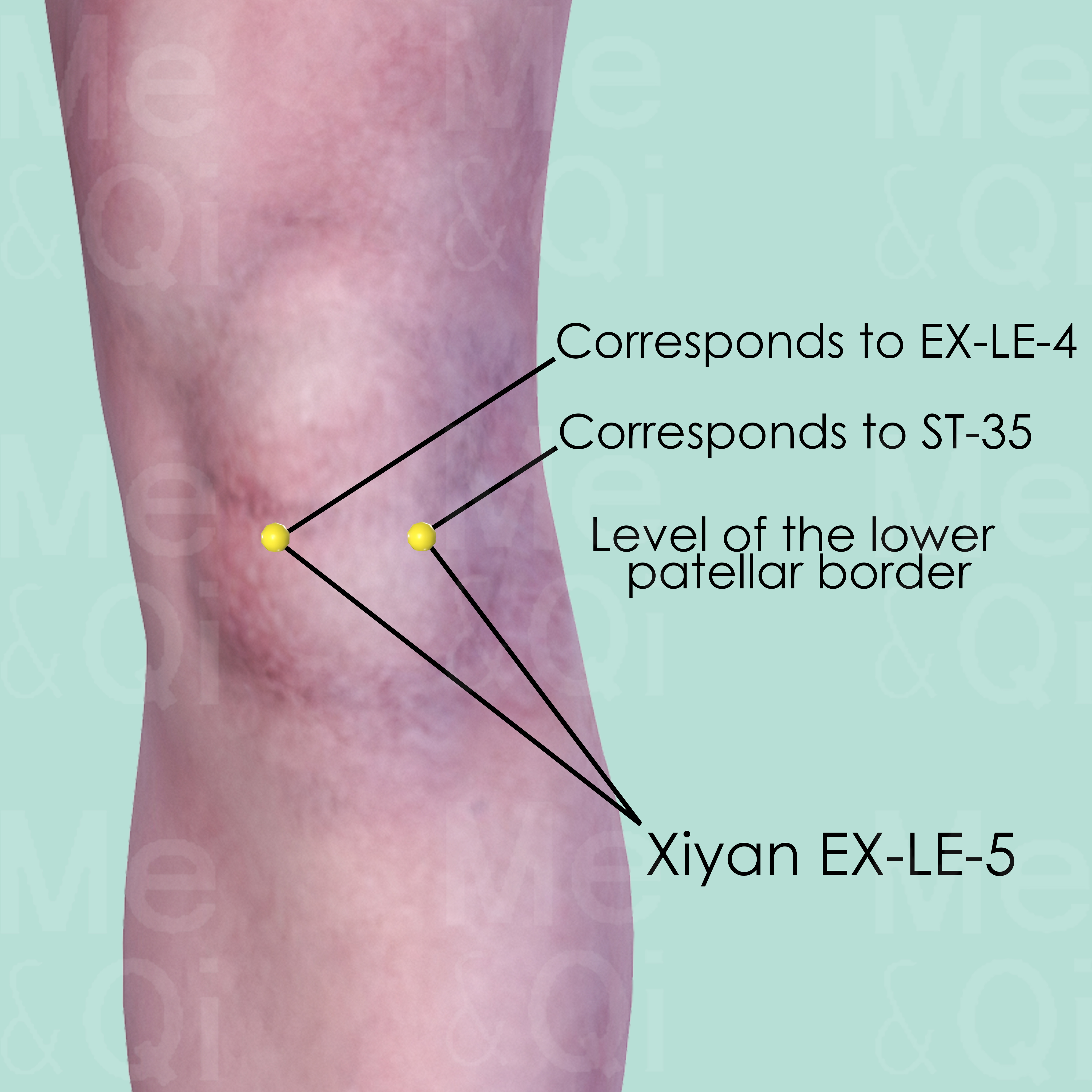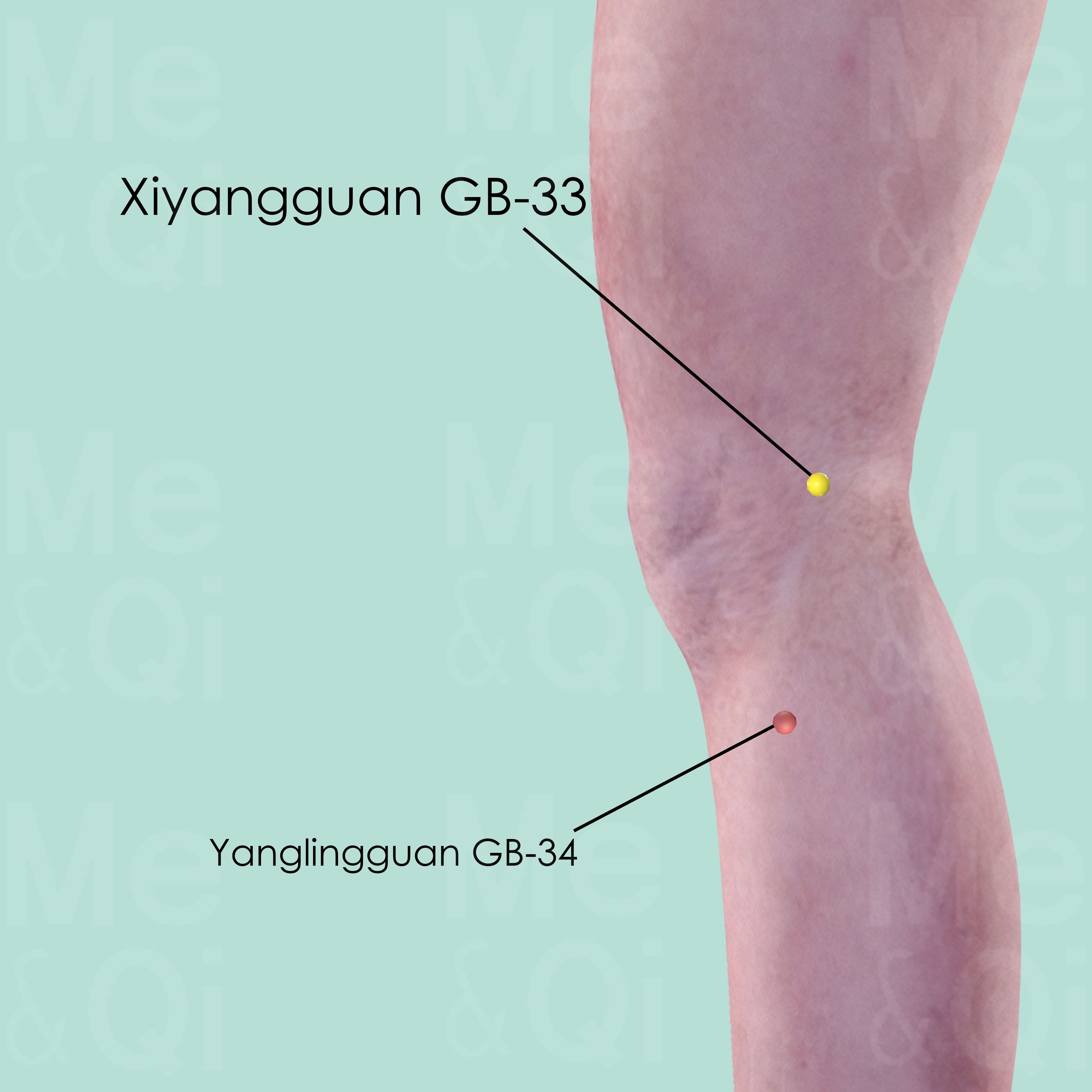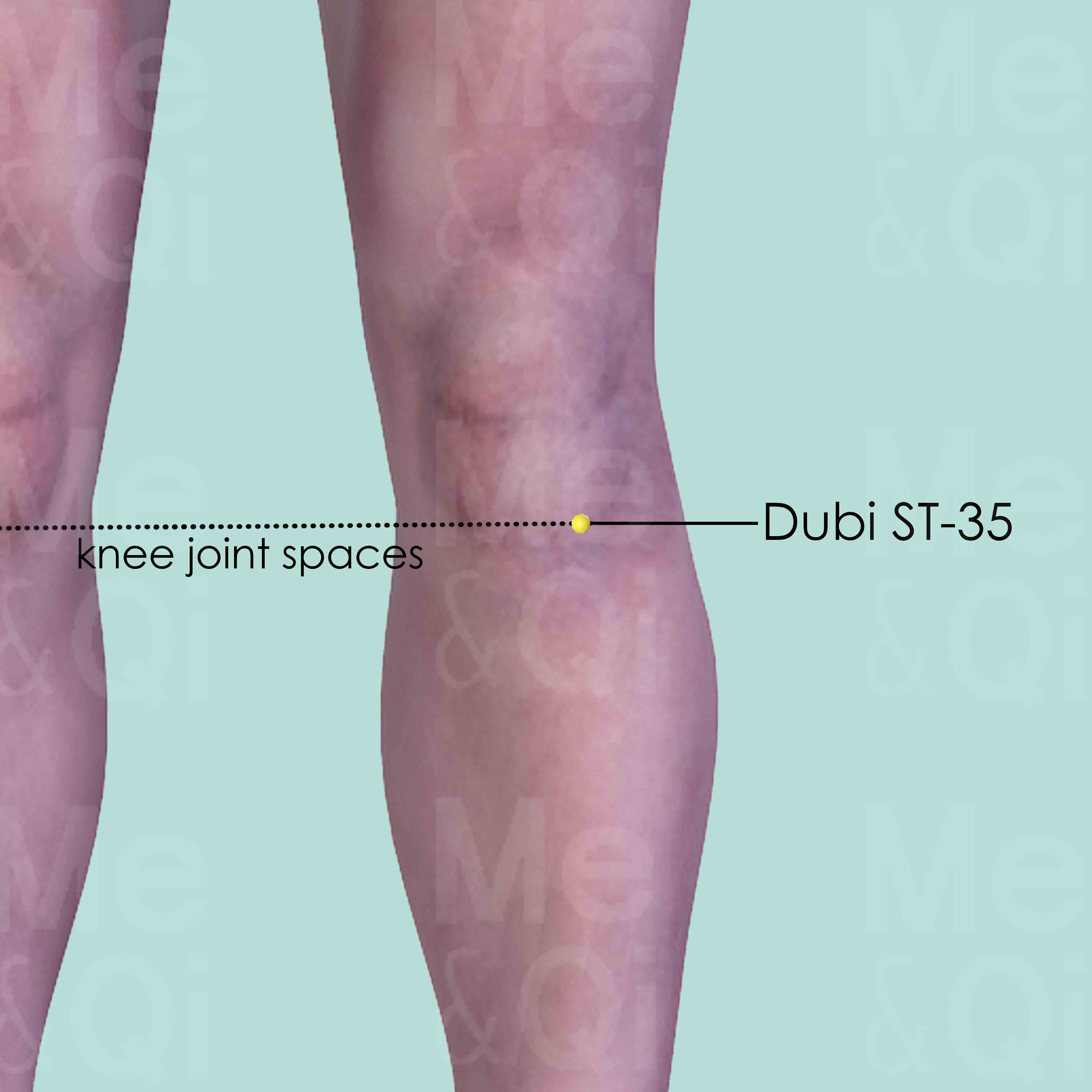Knee Numbnessaccording to TCM
Symptom families: Joint Symptoms, Knee Conditions
Parent symptom: Joint Numbness
What is Knee Numbness?
Knee numbness is a lack of sensation or a feeling of pins and needles in the knee area. It can occur suddenly or gradually and can affect the ability to move the knee normally. This sensation of numbness may also be accompanied by a tingling feeling, weakness, or a decrease in knee mobility.
While it is sometimes dismissed as a temporary annoyance, knee numbness can indicate underlying health issues, such as nerve compression or circulation problems, making it important to seek a medical evaluation if the condition persists.
How does TCM view Knee Numbness?
Traditional Chinese Medicine (TCM) perceives knee numbness as a sign that the flow of Qi and Blood to the area is compromised. In TCM, numbness is typically associated with a stagnation of these vital substances, which can be caused by Dold, Dampness, or a Deficiency in the body's natural energy.
Correctly identifying the pattern behind the symptom is essential in TCM, as each pattern points to a different imbalance and thus requires a specific treatment strategy tailored to the individual's overall condition and constitution.
Acupoints for Knee Numbness
TCM treatment for knee numbness often involves acupuncture, where specific points are selected to restore the proper flow of Qi and Blood. Points such as Dubi ST-35 and the Xiyan EX-LE-5, which is a combination of points including Dubi ST-35 and Neixiyan EX-LE-4, are known to help expel Wind-Damp, reduce swelling, and alleviate pain, potentially relieving the numbness in the knee.
Additionally, Xiyangguan GB-33 on the Gall Bladder Channel can remove obstructions from the channel, further aiding in the reduction of numbness. These acupoints are chosen based on the individual’s diagnosed pattern, with the goal of restoring balance and addressing the root of the numbness.
Explore below some acupoints used to address knee numbness, organized by meridian.
- By Meridian
- Stomach Channel
- Extra Points: Lower Extremities (EX-LE)
- Gall Bladder Channel

Xiyan EX-LE-5
This is a group of 2 points, composed of Dubi ST-35 and Neixiyan EX-LE-4. Both are located inferior to the patella, medial and lateral to the patellar ligament. Dubi ST-35 is the lateral one, while Neixiyan EX-LE-4 is the medial one.

Xiyangguan GB-33
When the knee is flexed, Xiyangguan GB-33 is above Yanglingguan GB-34, in the depression between the shaft of the lateral epicondyle and the tendon of the biceps femoris muscle.

